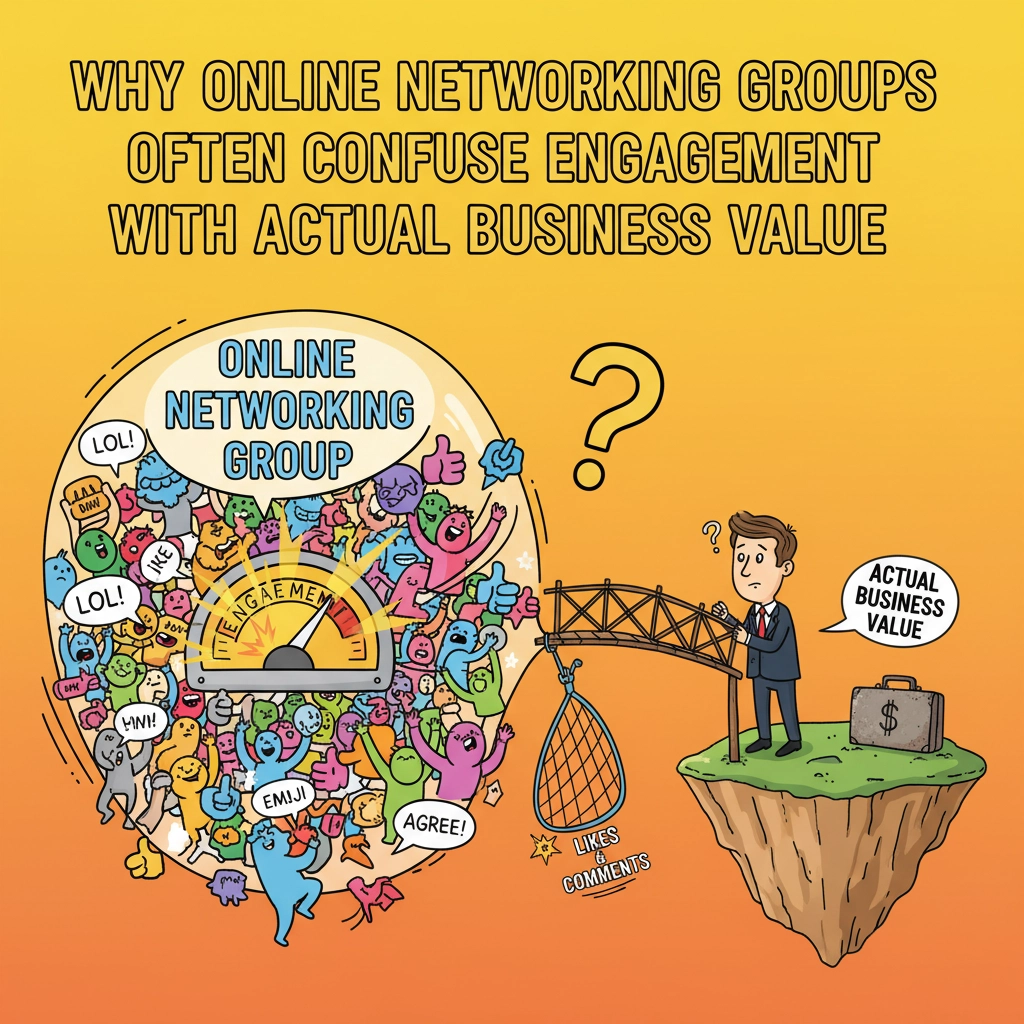The Shifting Landscape of Cyber Threats
Remember when cybersecurity was all about firewalls, antivirus, and complex passwords? Those days are long gone. Today’s hackers aren’t just coding wizards breaking through technical barriers—they’re psychological manipulators who have realized that the easiest way into your systems is through your people.
Social engineering has become the weapon of choice for modern cybercriminals, with an astounding 80% effectiveness rate. That’s right—four out of five social engineering attempts succeed. But why is this happening, and more importantly, what can your business do about it?
What Makes Social Engineering the Ultimate Hack?
At its core, social engineering exploits something technology can’t patch: human psychology. Unlike software vulnerabilities that can be fixed with updates, human tendencies like trust, curiosity, fear, and the desire to be helpful are hardwired into our brains.
Modern hackers have become masters at understanding these psychological triggers. They know that:
- Under pressure, people make quick decisions
- Most employees want to be helpful
- Authority figures rarely get questioned
- Fear motivates immediate action
- Curiosity often overrides caution
When a seemingly urgent email arrives from the “CEO” asking for an immediate wire transfer, or IT “support” calls about a critical security issue requiring your password, these psychological levers get pulled—and rational thinking often goes out the window.

How AI Has Created Superpowered Social Engineers
If traditional social engineering was effective, AI-powered social engineering is downright terrifying. Artificial intelligence has removed many of the traditional “tells” that would help identify scams:
Perfect Language and Communication
Remember those phishing emails with obvious grammatical errors and awkward phrasing? Those are disappearing. AI tools can now:
- Generate flawless, context-appropriate writing in any language
- Mimic the writing style of specific individuals (like your boss)
- Create culturally relevant content tailored to specific regions
Even sophisticated organizations with security training are falling victim because the content looks and sounds legitimate. One of our clients recently shared how an AI-generated email mimicked their CFO’s writing style so perfectly that it nearly resulted in a $50,000 fraudulent wire transfer.
Deepfakes and Voice Cloning
Perhaps most concerning is the rise of audio and video deepfakes. In 2023, we helped several clients recover after falling victim to video conference scams where AI-generated versions of executives requested emergency fund transfers.
Voice cloning technology has become so advanced that a brief sample of someone’s voice—perhaps from a company video or podcast—can be used to generate convincing phone calls. Imagine getting a call from your “boss” asking you to purchase gift cards for a client emergency. Would you question it?
Multichannel Attacks
Modern social engineers don’t just rely on a single email or call. They create elaborate, multichannel scenarios that build credibility:
- A LinkedIn connection request from someone who appears to work at a partner company
- Followed by several weeks of innocent interaction and relationship building
- Then an email with a “proposal document” that contains malware
- Backed up by text messages that appear to come from a colleague vouching for the contact
This layered approach makes detection incredibly difficult because no single interaction seems suspicious.

The Four Faces of Modern Social Engineering
1. Business Email Compromise (BEC)
BEC attacks have evolved from simple email spoofing to sophisticated impersonation campaigns. Today’s BEC attacks often involve:
- Months of surveillance to understand company processes
- Compromised email accounts within the organization
- Perfect timing (like attacks launched on Friday afternoons)
- AI-generated content that matches organizational communication styles
These attacks target financial transfers, credential theft, or data exfiltration, and they’re remarkably successful. In fact, BEC scams cost businesses more than $2.7 billion in 2022 alone.
2. Support Scams with a Technical Twist
We’ve seen a rise in what we call “hybrid” support scams, where social engineering is combined with limited technical exploitation:
- The attacker calls pretending to be from Microsoft, Google, or even your IT provider
- They direct you to legitimate system logs or event viewers that show normal warnings but present them as “evidence” of compromise
- Once trust is established, they request remote access to “fix” the issue
- With access granted, they install backdoors or ransomware
These attacks are particularly effective because they combine social manipulation with just enough technical elements to seem legitimate.
3. Supply Chain Manipulation
Modern hackers understand that attacking your trusted vendors can be easier than attacking you directly:
- They compromise smaller, less-secure vendors in your supply chain
- Use that trusted relationship to send malicious updates or communications
- Leverage existing trust relationships to bypass security scrutiny
This is particularly challenging because the threats come through legitimate channels from trusted sources.
4. Inside Jobs (Unintentional and Intentional)
About 8% of breaches come from authorized users. Sometimes this is malicious insider action, but more often it’s unwitting employees who’ve been manipulated:
- An employee receives what appears to be a legitimate software update
- They install it, bypassing security protocols because they think it’s approved
- The “update” creates a backdoor for attackers
Even with the best perimeter security, these internal compromise scenarios are nearly impossible to prevent with technology alone.

Protecting Your Business in the Age of Social Superpowers
So what can your business do to protect itself against these psychological masters? Here are the critical steps:
1. Embrace Multi-Factor Authentication (MFA)
Even if credentials are compromised through social engineering, MFA creates an additional barrier. Make it mandatory for all systems, especially email and financial platforms.
2. Implement Verification Protocols
Create formal processes for sensitive actions like wire transfers or data sharing:
- Require out-of-band verification (like a phone call to a known number)
- Establish dollar thresholds that trigger additional approval steps
- Create time delays for large or unusual requests
3. Invest in Ongoing Awareness Training
Security awareness can’t be a one-time event. Modern protection requires:
- Regular training that addresses evolving threats
- Simulated phishing and social engineering tests
- Specific training for high-risk departments (finance, HR, IT)
- A culture where questioning unusual requests is encouraged, not punished
4. Technical Controls That Complement Human Awareness
While technology alone can’t solve social engineering, these tools help:
- Email filtering that identifies spoofing and business email compromise attempts
- Endpoint protection that can detect unusual behavior
- Network monitoring for suspicious data transfers
- Limited-privilege access models (Zero Trust)
5. Develop an Incident Response Plan
When (not if) a social engineering attack succeeds, having a plan makes all the difference:
- Document clear steps for containing the breach
- Establish communication protocols
- Create backup and recovery procedures
- Practice the plan regularly
The Path Forward: A Human-Centered Approach to Security
The rise of social engineering as the dominant cyber threat requires a fundamental shift in how we think about security. Technical defenses remain essential, but they must be complemented by human-centered approaches.
At Your Personal Ninja, we’ve seen firsthand how combining technical security measures with human awareness creates the most effective defense. When we work with clients on their security posture, we emphasize that technology and people must work together—neither is sufficient alone.
The businesses that thrive in this new landscape won’t be those with the most expensive security tools, but those that successfully balance technical controls with a security-aware culture. They’ll create environments where unusual requests are questioned, verification is routine, and security awareness is baked into daily operations.
The modern hacker has evolved from technical exploiter to psychological manipulator. To protect your business, your security approach needs to evolve too—addressing both the technical and human elements of your organization.
As we often tell our clients: in today’s threat landscape, your people are both your greatest vulnerability and your strongest defense. Invest in them accordingly.
Want to learn more about protecting your business from today’s sophisticated social engineering threats? Visit our services page to see how we help businesses stay one step ahead of modern hackers.
Share this:
- Click to share on Facebook (Opens in new window) Facebook
- Click to share on Tumblr (Opens in new window) Tumblr
- Click to share on X (Opens in new window) X
- Click to share on Pocket (Opens in new window) Pocket
- Click to share on Pinterest (Opens in new window) Pinterest
- Click to share on LinkedIn (Opens in new window) LinkedIn




